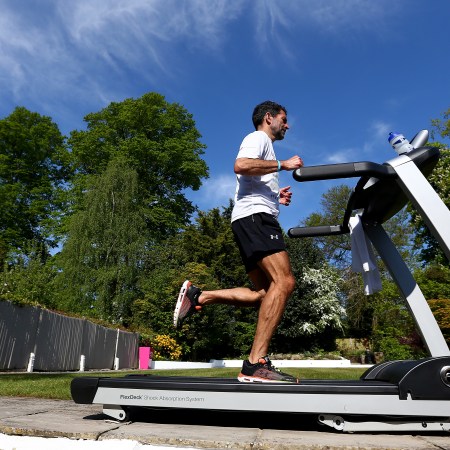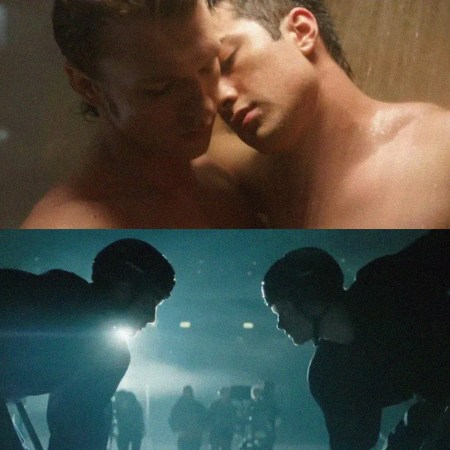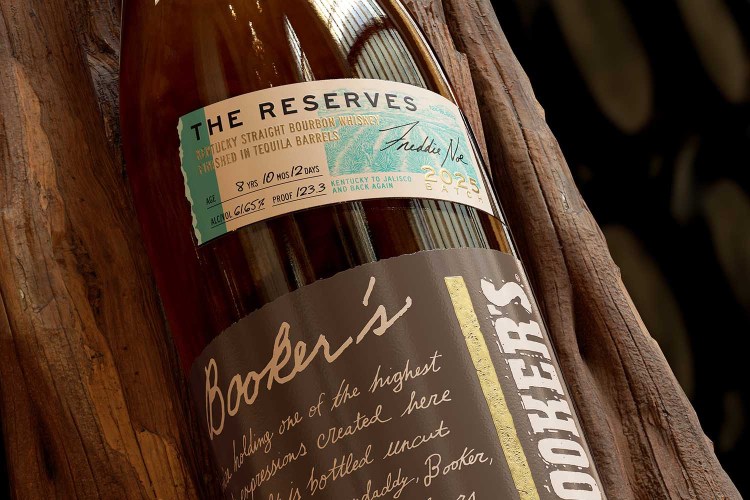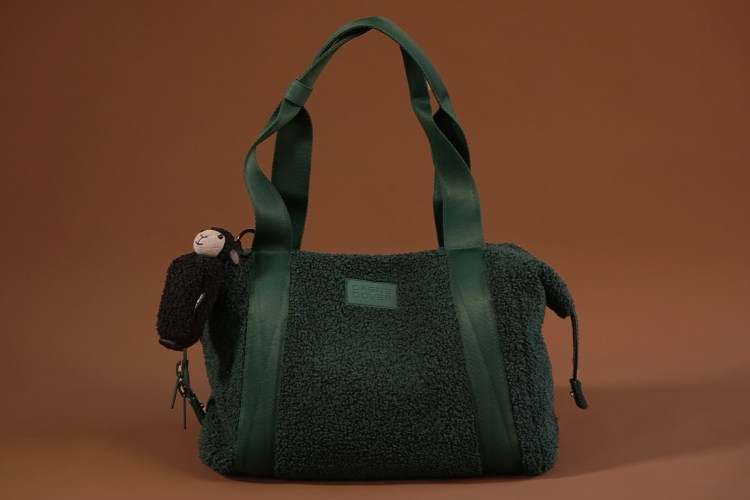I’ve belonged to eight gyms in the last 15 years. That’s a lot, I guess, but that period encompasses three states and different eras of my life: adolescent summers, the college years, various New York apartments.
Anyway, at this point I feel completely comfortable walking into a gym. You know the stride of someone who’s never been to a particular restaurant before, but is positive they’re headed the right way for the bathroom? That’s sort of where I’m at. Whether the locker room smells like eucalyptus or jockstraps, I find fitness centers to be predictable ecosystems, stuffed with the same rooms and tools.
Thanks to my familiarity with them, I’m often able to go into a gym and do one of my favorite things: a freestyle session. Once a month, at least, I’ll just make up a workout from scratch.
I’ve talked to others who feel quite differently about gyms, for whom a structure-less hour in one feels like an eternity. No plan equals nightmare fuel. It’s usually because they don’t exercise in gyms too much, or they’re particular about how they exercise while there: they crave the guarantee of an instructor-led class, a treadmill workout or an in-ear coaching session.
I get it. And in general, I say: do you. But I also firmly believe that learning to lift without a script can deepen your relationship with fitness. It’s a chance to try new movements, challenge neglected muscles and jolt yourself out of the inevitable ruts. Here’s how to freestyle a gym workout, in five steps — and morph the gym from a proving ground into a playground.
The Charge by InsideHook
A wellness newsletter to help you move better, think clearer and stay in the game longer. One email every Monday — we’re building habits, not chasing hacks.
How to Freestyle a Gym Workout, in 5 Steps
1. Work the room
First things first, do a lap. Walk to the far water fountain and back, clocking machines and areas as you go. The hidden benefit of a DIY day is you’re not competing with anyone for equipment — because you’re expressly choosing something no one’s using.
For me, this usually brings me to the gym’s empty “room in the back,” with its bodyweight kits (parallel bars, box jumps, resistance bands) and unconventional training tools (kettlebells, maces, sandbags).
Depending on the gym, that same room could also be hosting a dance class or something. But the point is to carve out some space where you can try some new things. And this will rarely happen in the dedicated weight rack and/or cardio machine sections.
2. Pick your anchor
The primary risk with an unplanned workout is injury. So I’d urge you to focus on doing a few things right rather than pulling a bunch of toys out of the chest and seeing what happens.
For instance, let’s say you decide to work with a weighted sled. That’s your “anchor” for the workout, the central movement you’ll return to and build around. Sled pushes are a full-body affair, working the main muscle groups in your lower half, plus the core and shoulders.
So you might do: three to four sled pushes, 20 yards each, resting as needed. Then add in walking lunges with kettlebells, or jump rope or some kind of core stinger, like mountain climbers. It’s a little easier to conceptualize the workout — as it’s unfurling in real time — if you keep returning to an initial anchor movement.
3. Move with intention
This sort of workout works best on momentum. That doesn’t mean performing repetitions quickly. It means staying focused — staying off your phone. Sometimes I’ll search something like “best form for Bulgarian split squats” and watch a clip. But in general, I rely on my knowledge base, and stick to moves I know I can execute well.
Building that base takes time. It takes years. But you’d be surprised how intuitive certain movements are. Walk up to a TRX, for instance, and I’m sure you’ll know how to knock out 20 rows. The same could be said for goblet squats, or bear crawls, or banded walks or old-fashioned planks.
4. Set a soft cap
Once you’ve identified your anchor movement for the day, plus two to three additional exercises, I’d put a soft cap on the duration of the session. A half hour, tops, is usually ideal. Then start cranking out circuits, at whatever rep count feels right.
Because the workout is inherently structureless, I’ve found instituting some temporal guardrails keeps me focused. Otherwise — and this the case with most workouts, to be fair — you could “snap to” at any moment and think: Wait, I don’t have to do this at all! I’m going home.
5. Finish with something fun
Relative term, I know, but think about it this way: why do we work out? Why do we move? Is it to play sports? I’d say that’s a good answer for 0.1% of the population. The rest of us are fighting for minuscule intramural glory. Is it to live a longer and healthier life? That’s a better answer — and one that more and more people are adopting year by year.
But I’d also argue we move so we can move more, and in ways that are fun and challenging, that make us feel alive. A freestyle workout day is a perfect arena to test this idea. You’ve already gone off-script — so finish off-script. Hop on the rower and race 500 meters for time. Try an AMRAP with the battle ropes. Shadowbox. See how long you can hold a wall sit. Balance on a BOSU ball and close your eyes.
Don’t try to go viral. Definitely don’t get injured. But within your limits, think of this finisher as a “celebration” of all your hard work, and a reminder of how fun it is to move.
The Charge will help you move better, think clearer and stay in the game longer. Subscribe to our wellness newsletter today.





















